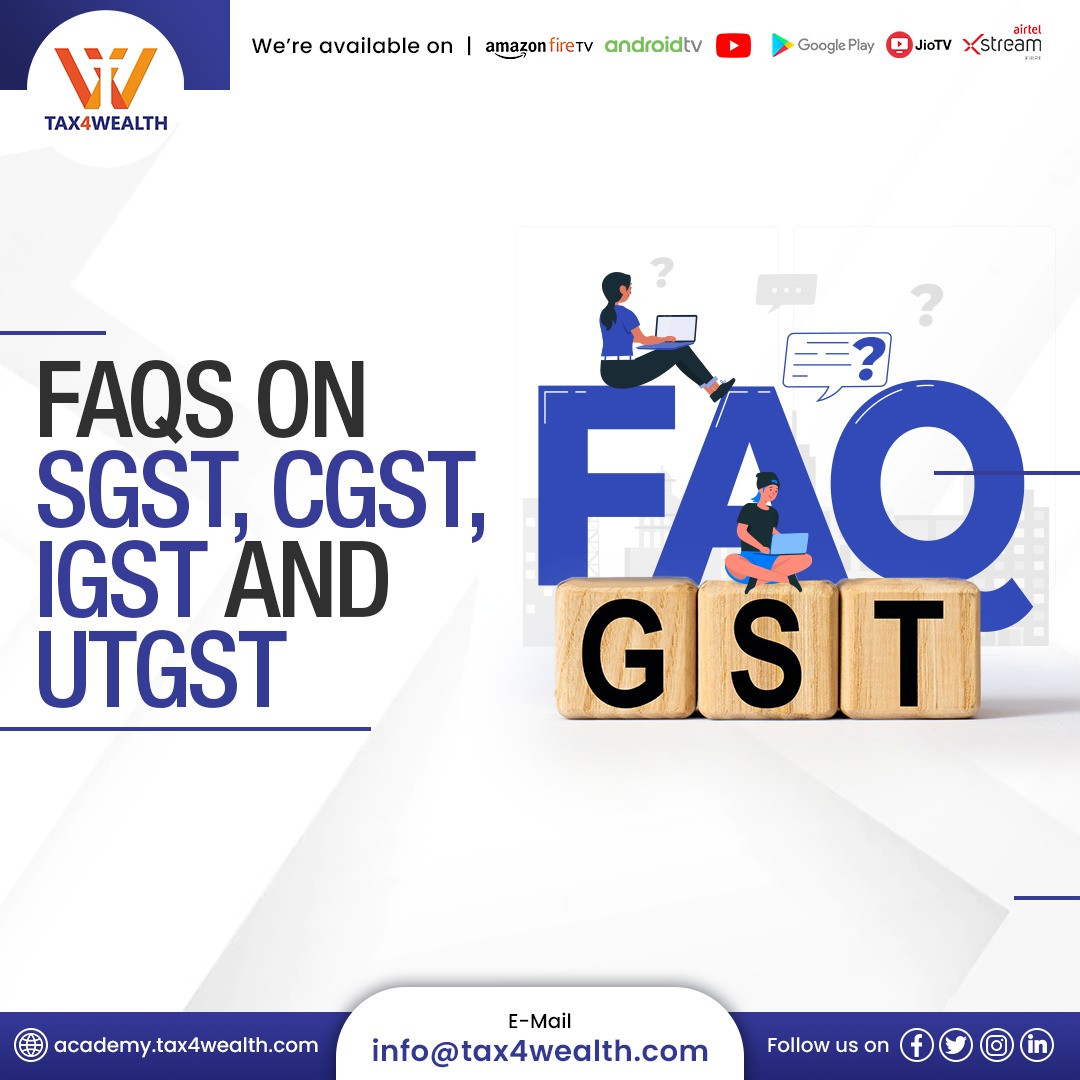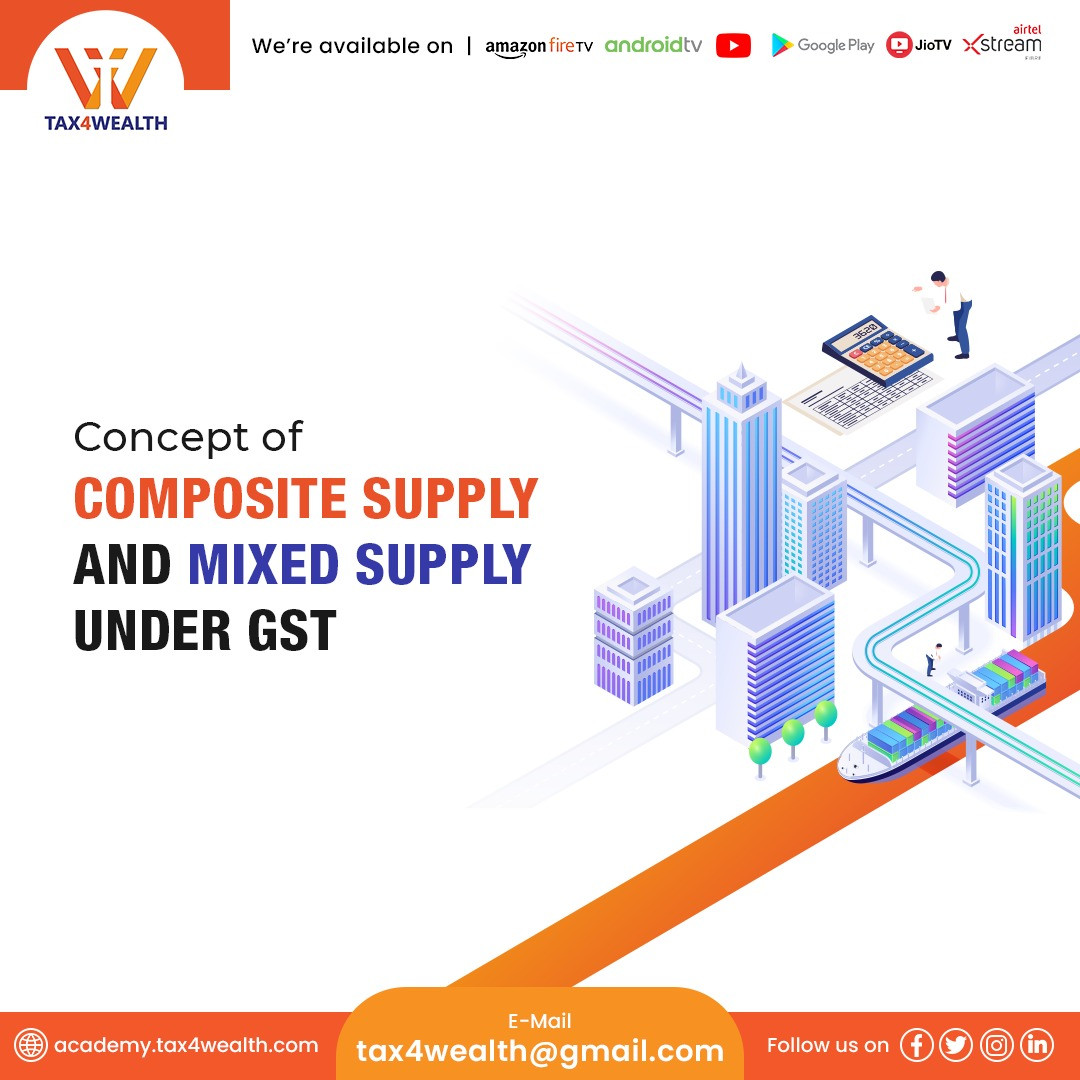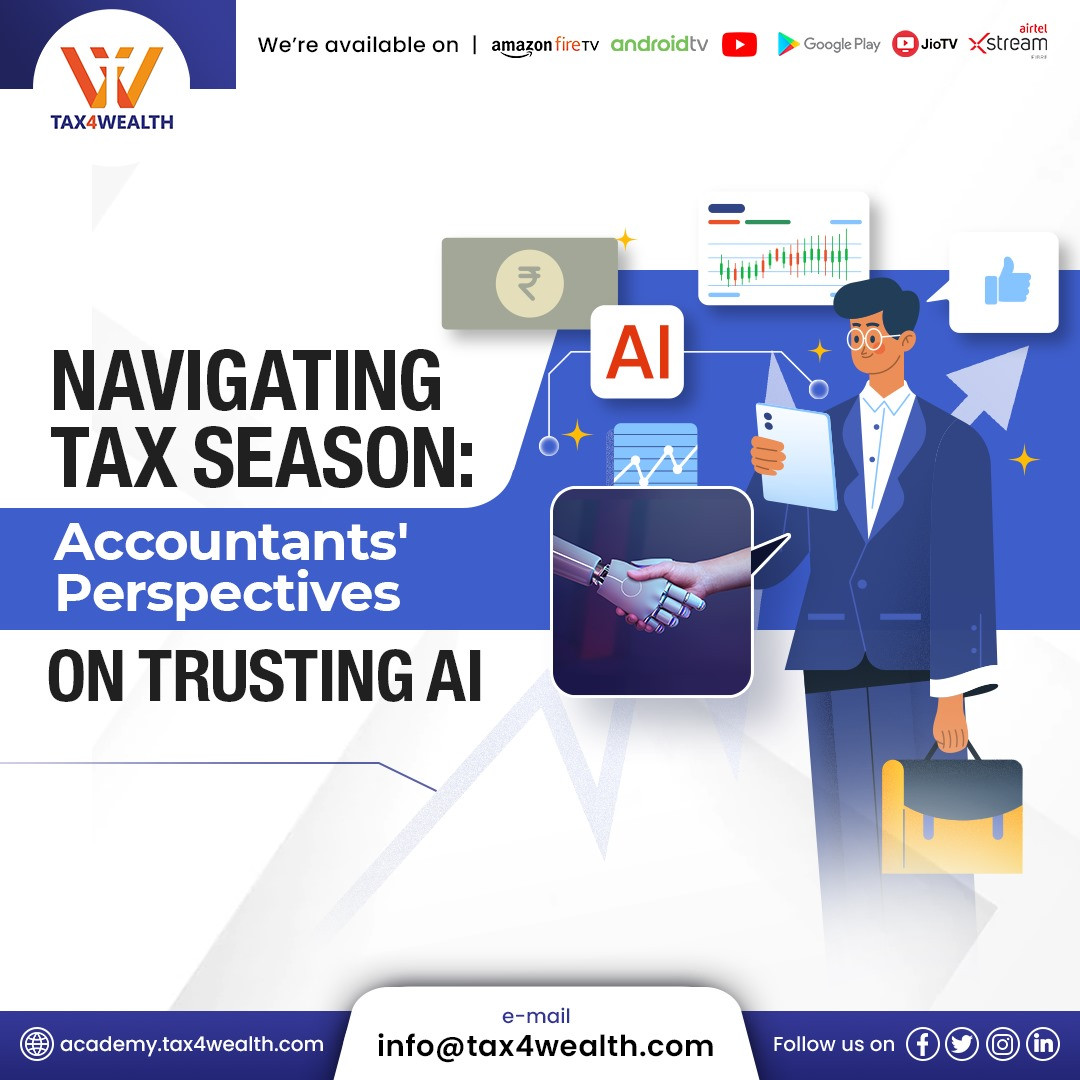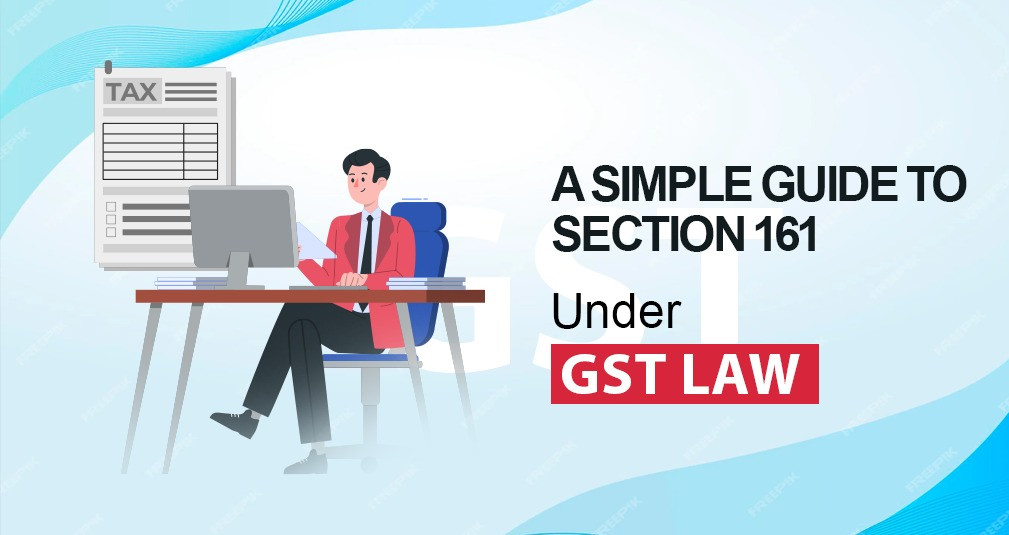
FAQs on SGST, CGST, IGST and UTGST
Ques: What are the four types of GST?
Ans: The components that make up the Goods and Services Tax (GST) system in countries where it is implemented, such as India:
1. Central Goods and Services Tax (CGST):The revenue collected under CGST goes to the central government.
2. State Goods and Services Tax (SGST): SGST is the counterpart of CGST. The revenue collected under SGST goes to the respective state government.
3. Integrated Goods and Services Tax (IGST): It is collected by the central government and shared between the central and state governments, based on a pre-determined formula.
4. Union Territory Goods and Services Tax (UTGST): The revenue collected under UTGST goes to the respective union territory administration.
Ques: What does SGST stand for?
Ans: In India, there is an SGST law for each state. SGST stands for State Goods and Services Tax. In this tax, the state government levies a tax on goods and services that are traded within its borders.
Ques: What does CGST stand for?
Ans: CGST stands for Central Goods and Services Tax. It is another one of the components of the Goods and Services Tax (GST) system in India. Under this Tax, the Central Government levies the tax on goods and services dealing in intra-state transactions or dealings within the borders.
Ques: What does IGST stand for?
Ans: IGST stands for Integrated Goods and Services Tax and is applicable when goods or services are sold or transferred from one state to another in India. Under this Tax, the Central Government levies the tax on goods and services dealing in inter-state transactions or dealings beyond the borders.
Ques: What does UTGST stand for?
Ans: UTGST stands for Union Territory Goods and Services Tax. Under this Tax, the Union territories levy the tax on goods and services dealing in intra-state transactions or dealings within the borders. Similar to the manner that State governments have their own SGST laws, the Union territories also have their own UTGST laws.
Also, Read; What are The Meaning of IGST, SGST, UTGST with Input Credit Adjustment?
Ques: How are SGST, CGST, IGST, and UTGST different from each other?
Ans: SGST and UTGST are taxes levied by state governments and union territories, respectively, on intra-state transactions. CGST is a tax levied by the central government on intra-state transactions. IGST, on the other hand, is a tax levied by the central government on inter-state transactions. There are two main differences between CGST and SGST/UTGST: who is responsible for collecting the tax and how it is used.
Ques: How are SGST, CGST, IGST, and UTGST calculated?
Ans: The SGST and CGST are calculated as a percentage of the taxable value of goods and services and added together to determine the total GST liability. A similar calculation is used for UTGST and SGST. As a percentage of the taxable value of goods or services in interstate transactions, the IGST is calculated.
Ques: Who collects SGST, CGST, IGST, and UTGST?
Ans: SGST is collected by the state government, CGST is collected by the central government, UTGST is collected by the union territories, and IGST is collected by the central government but distributed between the states and union territories based on a pre-defined formula.
Ques: How are SGST, CGST, IGST, and UTGST utilized?
Ans: As a result of SGST, CGST, and UTGST revenues, states or union territories use them primarily to develop their local economies, offer public welfare programs, build infrastructure, and run administrative operations. In inter-state transactions, IGST revenue is shared between the central government and states or union territories based on a predefined formula.
Ques: Can I claim an input tax credit for SGST, CGST, IGST, and UTGST?
Ans: Yes, the input tax credit can generally be claimed for SGST, CGST, IGST, and UTGST paid on purchases of goods or services. The input tax credit can be set off against the respective tax liabilities. Nevertheless, the GST laws specify certain conditions and restrictions that need to be met in order to claim the credit for input taxes.
For more information, Visite us at:https://academy.tax4wealth.com/blog
Related News
No comments yet, Be the first to comment.













